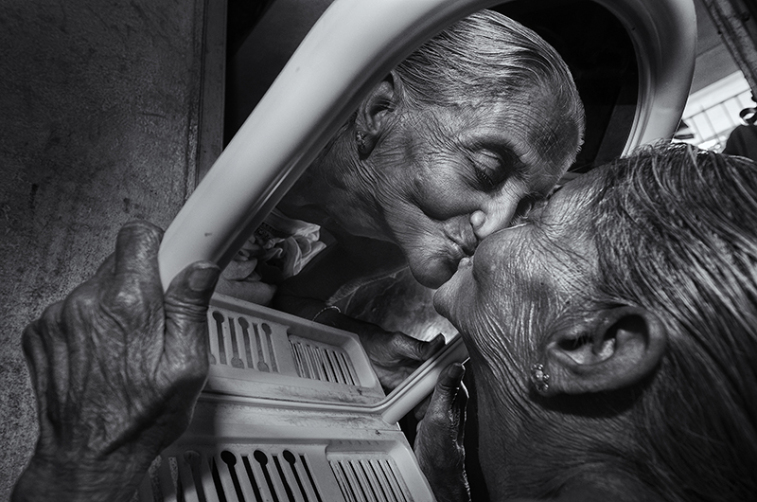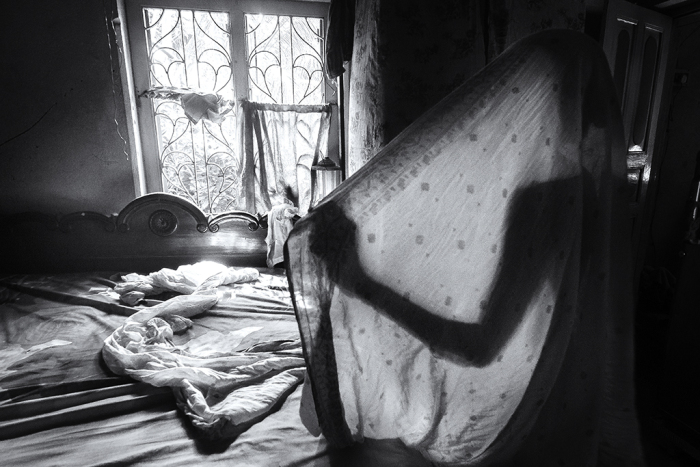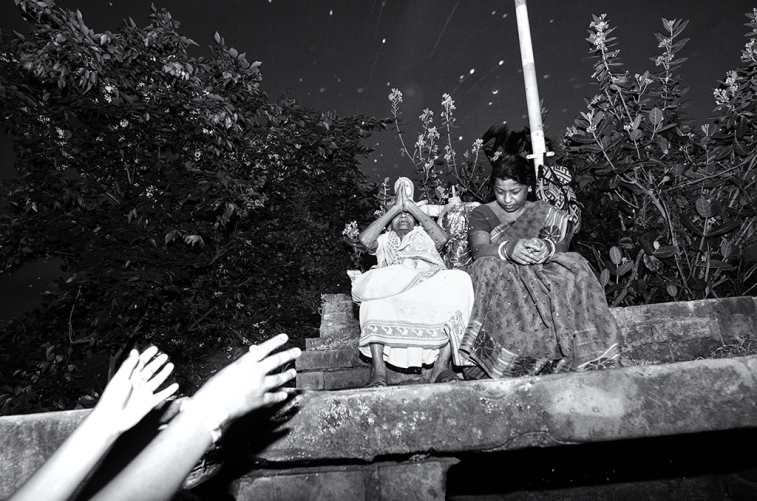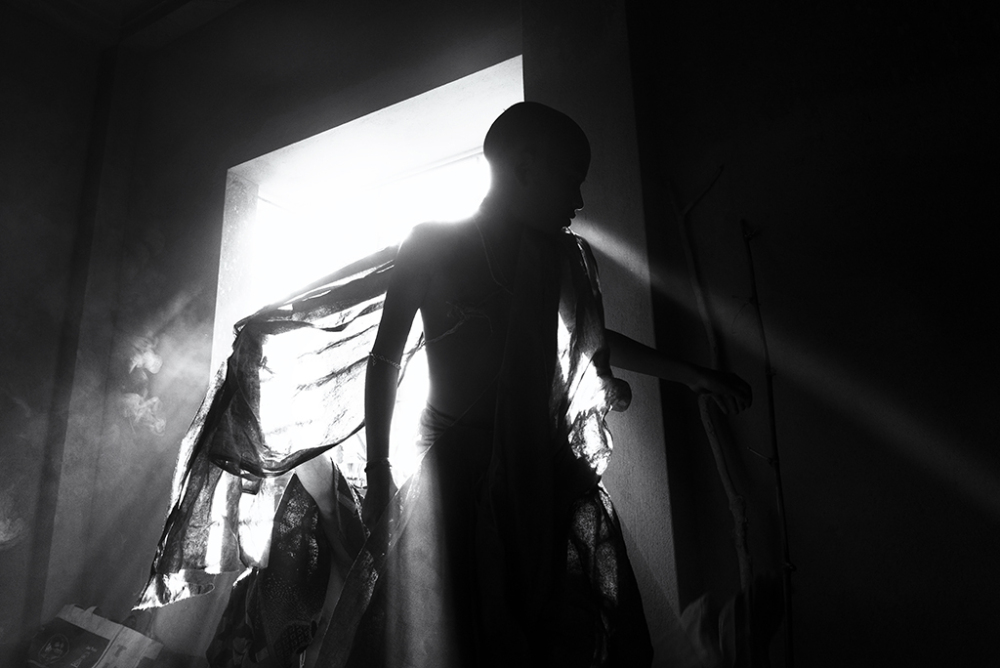An inquisitive mind.
Ranita Roy is a young photographer who aspires to be a photojournalist. Based in West Bengal, India she is constantly seeking out social issue stories – education, poverty, flood, environment to document. Already having a string of accolades, awards, and publications after her name, she strives to have her most deserved works seen. I asked her a few questions recently, most notably about her black & white projects, which I feel are her strongest and most accomplished. Her work is mature and filled with emotion.

Q. When did you first discover photography and its ability to tell stories?
Since my childhood, I liked the camera. Numerous times I played with my father’s camera. Be as it may, I never thought I wanted to be a photographer or turn out to be extremely enthusiastic about photography. When I was in college, amidst a discouraging time, one day I left my home with a compact camera and began shooting, and I understood that it gave me a certain delight and helped me to overcome that circumstance. From that point onwards, photography turned into a sort of contemplation for me and became part of my life.
Since I started photography, for one year I was trying every genre, but somehow I realized that photographing in the street is challenging and I started to focus on photographing regular people in exaggerated situations that highlighted aspects of who they are. Later, I started to following documentary photographers and their works and found this genre to be a powerful medium to show reality with artistry. Gradually, my interest grew in narrative photography.

Q. What was your very first project?
My very first project was photographing backstage of a drama play. But it was not planned and it happened within a fraction of second’s decision. Reaching the stage to look around, I found that work backstage, behind the scene, was very interesting. I thought the images could also be a story for the performers.
But as a first planned project, I must tell you about Chhordima, my grandmother. Ever since my childhood, I witnessed her pain, sorrow, joy, excitement and enthusiasm. How positively she lived with all sorts of social restrictions. I learn from her.



Q. Who are your influences in art and photography?
It’s very difficult for me to name a single person. There are many people who has influenced me a great deal. It is not only from photography, but also in filmmaking, documentaries, and painters. I am inspired by Satajit Ray, Stanley Kubrick, Ritwik Ghatak, Jean-Pierre Jeunet, Vittorio De Sica etc. In photography, I can say, Lynsey Addario, Henri Cartier-Bresson, Ron Haviv, Raghu Rai, Kevin Carter, Alex Webb, Raghubir Singh, Ren Hang and many more.
I would like to name Sudipta Chakraborty, my photography mentor, whose continuous support has helped me a lot. I am inspired by his works.
Q. How do you identify a story to pursue?
Actually, I go to search out the burning issues. The issues that need special immediate attention. Firstly, I decide on the story, and then begin gathering research and data on that particular issue. After analysing the data, later I visit the place, do a recce. Then I plan for the shoots. The duration of preparation for the story depends on the subject matter. For the floods, it was planned on ahead of time and I start shooting immediately when it happens. As most of the issues I deal with are on long-term basis, I always get time to prepare for the next level of shooting. For child labour stories, it took a lot of time to cover, as I had to keep in mind the political, administrative and local issues.



From Upanayanam
Q. How much research do you do before you set out on your projects?
I have already replied in my previous answer. After identifying the story, I first collect data and information from the internet. I also try to search for the reports and news of that story to understand how much has already been covered. The next phase, I generally visit those places a couple of times to understand the scenario and prepare my approach. For stories which need immediate action, I directly visit those places and start shooting at the same time during my recce, to determine what are the major issues there and if possible, I may stay back there or make continuous visits.
Q. You have achieved a great deal in terms of awards and recognition, and also have worked published internationally. How do you reach out to these organizations and what which genre of photography would you like to see yourself getting into further?
Generally, I receive enquiries through the mail from those organizations. They get to know my work from either my website or from the contest pages, where my story or images were published.
I have grown interested in narrative photography and I would like to work as a photojournalist.
Q. I especially like your two black and white series – Upanayanam and Chhordima. They are very intimately photographed portraits with strong visuals, and the images tell the stories very well. These stories are truly unique and deserve more exposure. Why did you use B&W for these?
I could make both series in color but I chose black & white just because I would like to show the varying shades of only two colours, black and white. In Chhordima, as you read the story, the lady crossed many hurdles and restrictions of society in her life. Thus I wanted to contrast positivity & negativity, by using these two ‘shades’. In Upanayanam also I used black and white to show the transformation of a Brahmin boy, from his colourful childhood, he enters into a very strict disciplined life, where he can visualize the future paths of life. The rays indicate the positive ways for him and black & white referred to the very simple, straightforward and strict disciplined life he entered into.

One thought on “Featured Artist : Ranita Roy”